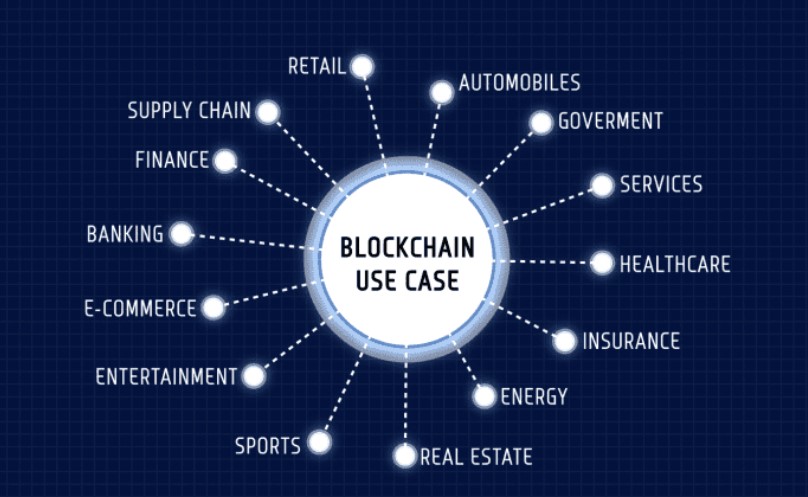
Blockchain technology has emerged as a revolutionary force with applications spanning various industries beyond its origins in cryptocurrencies like Bitcoin. Understanding its fundamental concepts and potential applications can provide insights into its transformative impact on businesses and society.
What is Blockchain Technology?
Blockchain is a decentralized and distributed digital ledger technology that records transactions across multiple computers (nodes) in a secure, transparent, and tamper-resistant manner. Key features include:
- Decentralization: No single authority controls the blockchain network, reducing the risk of central point of failure and enhancing trust among participants.
- Transparency: Transactions are recorded on a public ledger visible to all network participants, promoting accountability and reducing fraud.
- Security: Cryptographic techniques ensure that once a transaction is recorded, it cannot be altered retroactively without consensus from the network.
- Immutability: Each transaction is linked to previous ones in a chronological chain of blocks, creating a permanent and unalterable record.
Core Components of Blockchain
- Blocks: Each block contains a batch of transactions. Blocks are linked together in chronological order, forming a chain (blockchain).
- Decentralized Network: Blockchain operates on a peer-to-peer (P2P) network of nodes that validate and record transactions through consensus mechanisms (e.g., Proof of Work, Proof of Stake).
- Consensus Mechanisms: Algorithms used by nodes to agree on the validity of transactions before adding them to the blockchain. Consensus ensures the integrity of the ledger without the need for a trusted third party.
Applications of Blockchain Technology
1. Cryptocurrencies and Digital Assets
- Bitcoin: Introduced as the first cryptocurrency, Bitcoin uses blockchain to enable peer-to-peer transactions without intermediaries.
- Ethereum: Beyond currency, Ethereum introduced smart contracts, self-executing contracts with the terms directly written into code on the blockchain. This innovation expanded blockchain’s utility to automate complex transactions and applications.
2. Supply Chain Management
- Transparency and Traceability: Blockchain enables end-to-end traceability of products by recording every transaction on the supply chain. This transparency helps in identifying inefficiencies, reducing fraud, and ensuring product authenticity.
3. Financial Services and Banking
- Cross-Border Payments: Blockchain facilitates faster and cheaper cross-border transactions by eliminating intermediaries and reducing transaction fees.
- Smart Contracts: Automate financial agreements and processes, such as loan approvals, insurance claims processing, and trade settlements, reducing paperwork and enhancing efficiency.
4. Healthcare
- Patient Data Security: Blockchain ensures secure and interoperable health data exchange while maintaining patient privacy and consent.
- Drug Traceability: Track pharmaceuticals from manufacturer to patient to combat counterfeit drugs and ensure quality control.
5. Identity Management
- Digital Identity: Blockchain can provide individuals with a self-sovereign digital identity, reducing identity theft and simplifying access to services.
- Authentication: Verify credentials and certifications securely, enhancing trust in online interactions and transactions.
6. Real Estate
- Property Transactions: Blockchain simplifies property transactions by providing transparent records of ownership, reducing fraud and disputes.
- Smart Contracts: Automate rental agreements, property transfers, and escrow services, streamlining the real estate transaction process.
7. Government and Public Services
- Voting Systems: Enhance electoral transparency, security, and voter accessibility through blockchain-based voting systems.
- Public Records: Improve the integrity and accessibility of public records, such as land registries, birth certificates, and business licenses.
Challenges and Considerations
- Scalability: Blockchain networks must handle increasing transaction volumes without compromising speed or cost efficiency.
- Interoperability: Seamless integration and communication between different blockchain platforms and traditional systems remain a challenge.
- Regulatory Compliance: Navigate evolving regulatory frameworks and legal considerations related to blockchain technology, cryptocurrencies, and data privacy.
Conclusion
Blockchain technology holds immense promise for revolutionizing various sectors by enhancing transparency, security, efficiency, and trust in transactions and data management. As the technology evolves and adoption grows, exploring its applications and addressing challenges will shape its impact on businesses, governments, and society at large. Understanding blockchain’s potential can empower businesses and individuals to leverage its capabilities for innovation and sustainable growth in the digital economy.